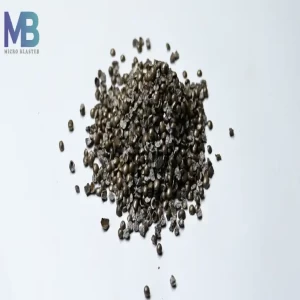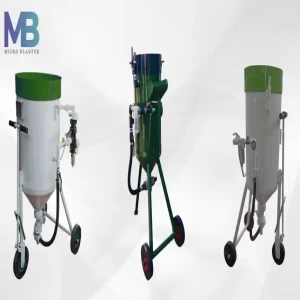Search

HVOF D-Gun
Surface coatings are applied using the thermal spray technique known as high-velocity oxygen fuel (HVOF). In this process, fuel gases (such as hydrogen or propane) and oxygen are burned together to create a high-velocity flame that launches heated coating material particles onto the substrate.

Surface coatings are applied using the thermal spray technique known as high-velocity oxygen fuel (HVOF). In this process, fuel gases (such as hydrogen or propane) and oxygen are burned together to create a high-velocity flame that launches heated coating material particles onto the substrate. Strong substrate adherence is a characteristic of HVOF D-Gun coatings, which makes them less prone to flake or peel off. The regulated combustion process and the high velocity of the sprayed particles provide coatings with reduced porosity and higher density.
HVOF D-Gun coatings are useful for situations where erosion or abrasion are concerns since they frequently have high hardness levels and great wear resistance. HVOF D-GUN coatings may effectively preserve the substrate material from corrosion, prolonging the lifespan of coating.
For more details about tungsten carbide powder visit our website.
Controlling Process of HVOF D-Gun
Particle velocity, temperature, and fuel-to-oxygen ratio may all be precisely controlled by modern HVOF D-GUN systems, producing coatings that are consistent and repeatable. Low heating of the substrate results from the regulated combustion process and high particle velocities in HVOF D-GUN, maintaining its mechanical qualities. HVOF D-GUN technology offers adaptability for many applications by supporting a large variety of coating materials, including metals, ceramics, and composites. Compared to other thermal spray techniques, HVOF detonation gun systems are made to optimize fuel combustion, which reduces emissions and improves energy efficiency. Due to the finely tuned control over particle velocity and direction, HVOF D-GUN can efficiently cover complicated geometries and complex structures.
One sort of thermal spray gun used to coat surfaces for different industrial purposes is the High-Velocity Oxygen Fuel (HVOF) D-Gun. The term "D-Gun" most likely refers to a particular style or type of HVOF Gun.
HVOF D-Gun Working Process
The HVOF D-GUN technique is based on combustion. It entails the carefully regulated burning of oxygen and fuel gas (such as hydrogen, propane, or kerosene). A high-temperature, high-velocity flame is produced by this combustion. In the form of tiny powder particles, the coating material is injected into the gun's combustion chamber. The high-velocity flame carries these particles in its direction. Due to the power of the combustion gases, the powder particles are quickly driven to high speeds when they enter the flame.
The particles are not only propelled by this acceleration, but they are also heated to a high degree and, in some cases, entirely melted. With considerable kinetic energy, the fast particles strike the surface of the substrate. They adhere to the substrate upon impact as a result of the combination of mechanical interlocking.
For more details about Plasma HVOF Spray Gun visit our website.
During the HVOF D-Gun process, a variety of elements, including the fuel-to-oxygen ratio, combustion temperature, powder particle size, and spray distance, must be meticulously managed. These elements are altered to enhance the coating's qualities and properties. The HVOF D-Gun technology generates less heat and has a smaller heat-affected zone than conventional thermal spray methods. The mechanical properties of the substrate material are maintained in this way.
HVOF D-Gun can apply coatings made of metals, ceramics, and ceramics to a range of surfaces. The type of coating material to employ is determined by the application's needs. Tungsten carbide coatings and HVOF D-Gun coatings are suitable for applications requiring enhanced wear resistance, corrosion protection, thermal insulation, and other features. Technology HVOF D-Gun is often utilized in fields

